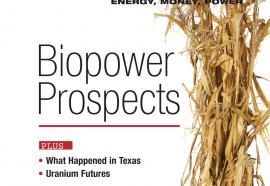Leaning on Line Pack
Green energy mandates might overburden gas pipelines.
Market rules could evolve to compensate gas suppliers for pressurizing pipelines when needed on short notice. Enhanced ancillary services will require innovative strategies using line pack in interstate pipelines and stepped up communication among gas and electric market participants to preserve reliability objectives in gas and electric markets.











